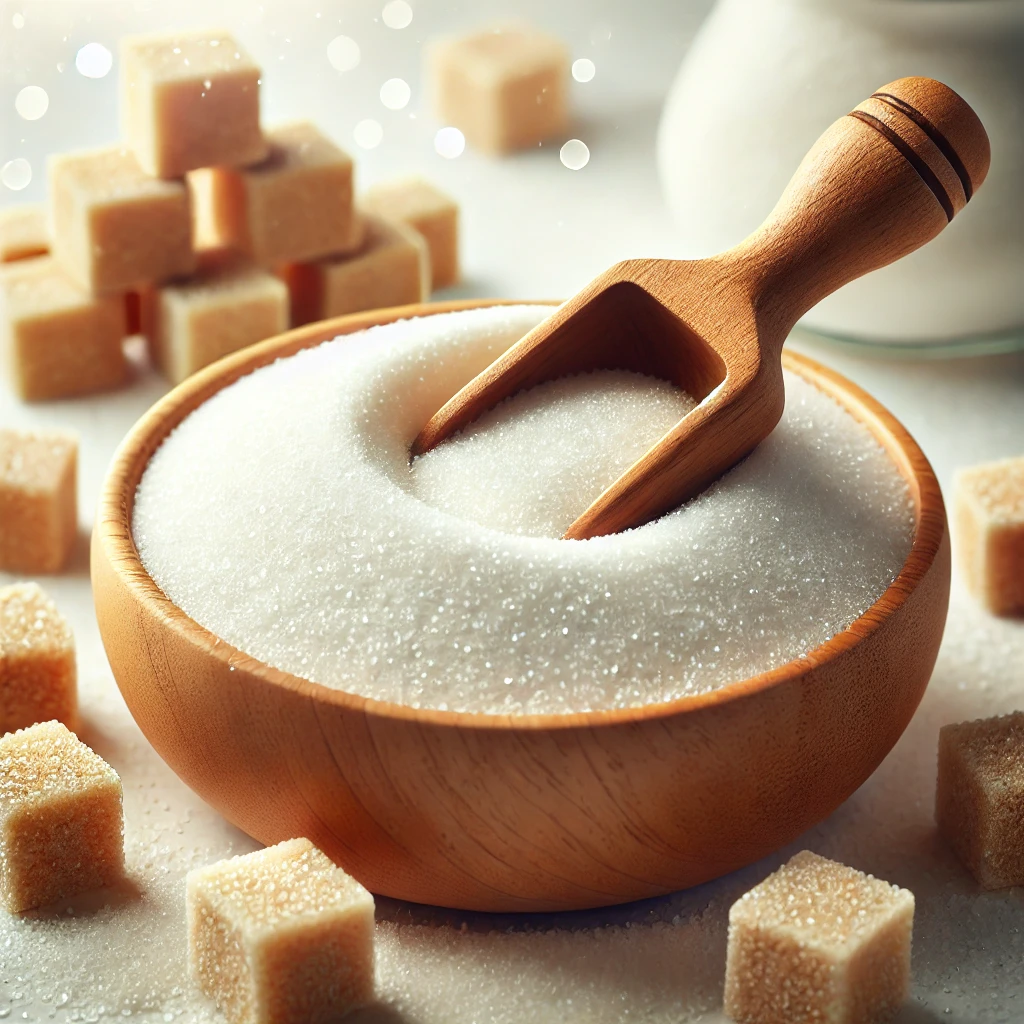Heart-Healthy Sugar Swaps: Your Guide to Cutting Sugar Without Sacrificing Flavo
Celebrate Heart Health Month with Smart Sugar Swaps
Did you know that most adults consume more added sugars than recommended? Studies reveal that 60% of men and 65% of women exceed the advised daily limit. The World Health Organization (WHO) suggests that only 5% of your total daily energy intake should come from added sugars to support heart health, amounting to roughly 25 grams or 6 teaspoons per day. But don’t worry, together, we can reduce sugar intake and prioritize heart health. Here’s how!
Understanding Sugar Labels
When reading food labels, you’ll often see both “total sugars” and “added sugars.” Total sugars include both added sugars and naturally occurring sugars (e.g., those in fruit). However, only added sugars—like syrups, honey, and concentrated juices—are listed in the ingredients section. These added sugars contribute calories without beneficial nutrients, making them important to limit.
Healthy Swaps for Your Diet
1. Swap Canned Fruits in Syrup for Fresh or Frozen Fruits
Canned fruits in heavy syrup can contain up to 14 grams of added sugar. Opt for fruits canned in 100% juice or, better yet, frozen fruits, which retain nutrients without added sugar.
RD Tip: Freeze fresh fruit before it spoils to save money and reduce food waste.
2. Choose Club Soda Over Tonic Water
While tonic water may seem like a healthier mixer than soda, it often contains as much sugar. Choose club soda with fresh citrus juice for a flavorful, low-sugar alternative.
3. Pick Low-Sugar Energy Bars
Many energy bars contain high amounts of added sugar. Instead of candy bars with 26 grams of sugar, try lower-sugar options like Kind Dark Chocolate and Sea Salt bars with just 4 grams of added sugar.
4. Make Homemade Smoothies
Store-bought smoothies can have as much as 43 grams of added sugar. Homemade smoothies allow you to control the sugar content by using naturally sweet ingredients like fruit, plain yogurt, and water instead of juice.
RD Tip: Ask about ingredients in pre-made smoothies to avoid hidden sugars.
5. Choose Low-Sugar Breakfast Cereals
Many boxed cereals are high in added sugars. Opt for oats or low-sugar cereals such as Nature’s Path Heritage Flakes or original Cheerios.
6. Select Dried Fruits with No Added Sugar
Dried fruits can pack up to 23 grams of added sugar per serving. Look for brands that offer no-added-sugar options.
RD Tip: Watch for yogurt coatings, which often add more sugar. No-added-sugar dried fruits retain antioxidants, making them a nutritious choice.
7. Switch Out Sports Drinks for Coconut Water
Sports drinks are often high in added sugar, with up to 21 grams per bottle. Coconut water is a low-sugar alternative that still provides hydration and electrolytes.
8. Make Your Own Salad Dressings
Store-bought salad dressings may contain added sugar. Create your own with olive oil, vinegar, salt, pepper, and optional green onions for a healthier option.
RD Tip: If buying dressing, opt for brands with recognizable ingredients and minimal added sugars.
Smart Tips for Cutting Sugar
- Learn Sugar’s Many Names: Sugar may be listed as high fructose corn syrup, beet sugar, dextrose, etc.
- Track Your Intake: Use apps like MyFitnessPal to monitor sugar consumption and identify areas to cut back.
- Flavor Foods Naturally: Use fruits, cinnamon, or spices instead of sweeteners.
- Go Savory for Breakfast: Opt for veggie omelets over sugary options like waffles.
- Choose Skinny Glasses: Use small glasses for juice or sweetened drinks.
Take the Sugar Swap Challenge
Reducing sugar intake benefits heart health, weight management, and energy levels. Pledge to make one healthy sugar swap today and share your progress using #MFPSugarSwap. Together, we can create a heart-healthier future!







